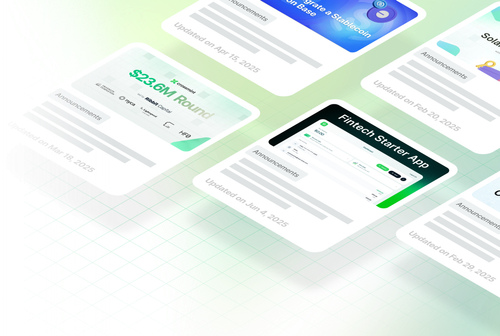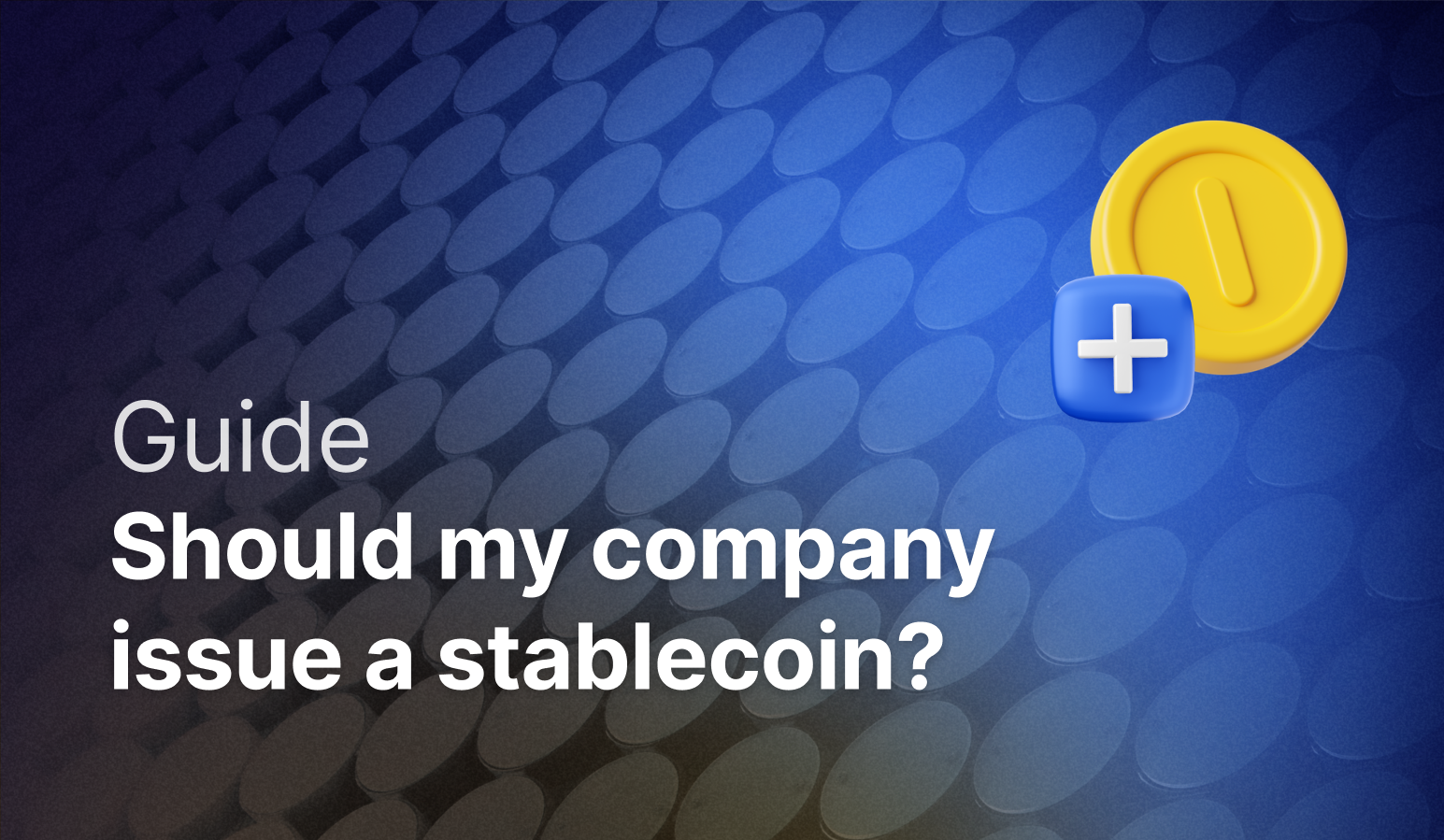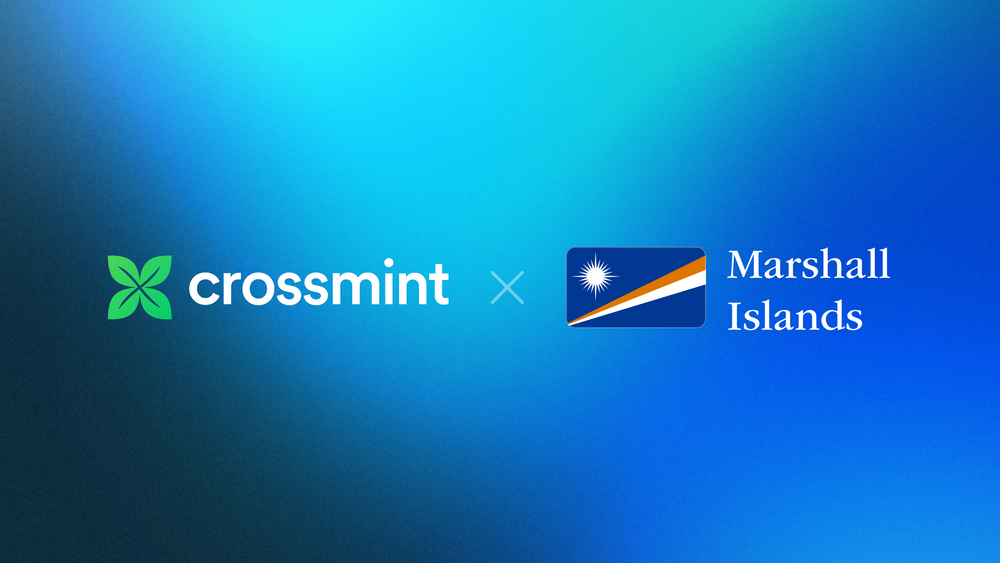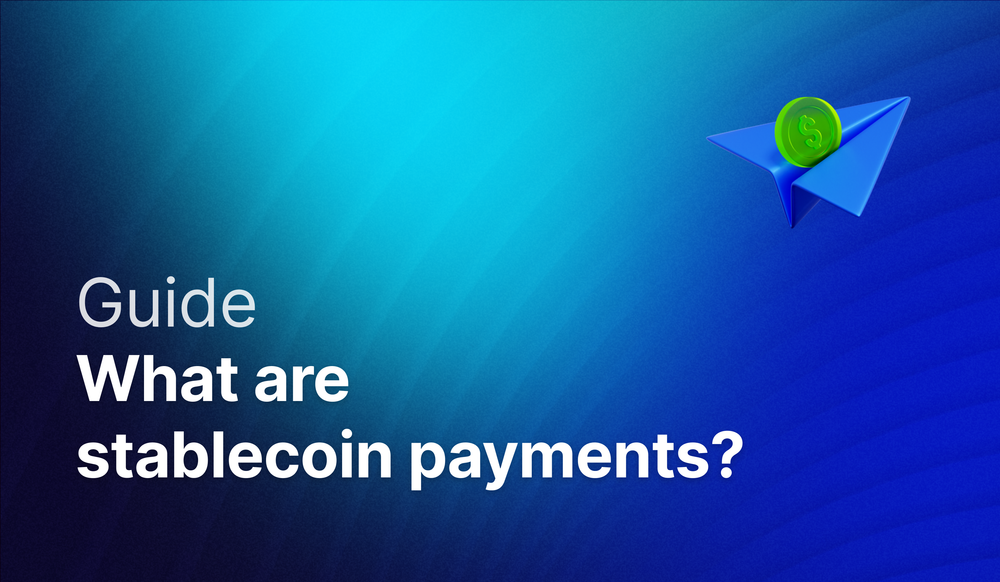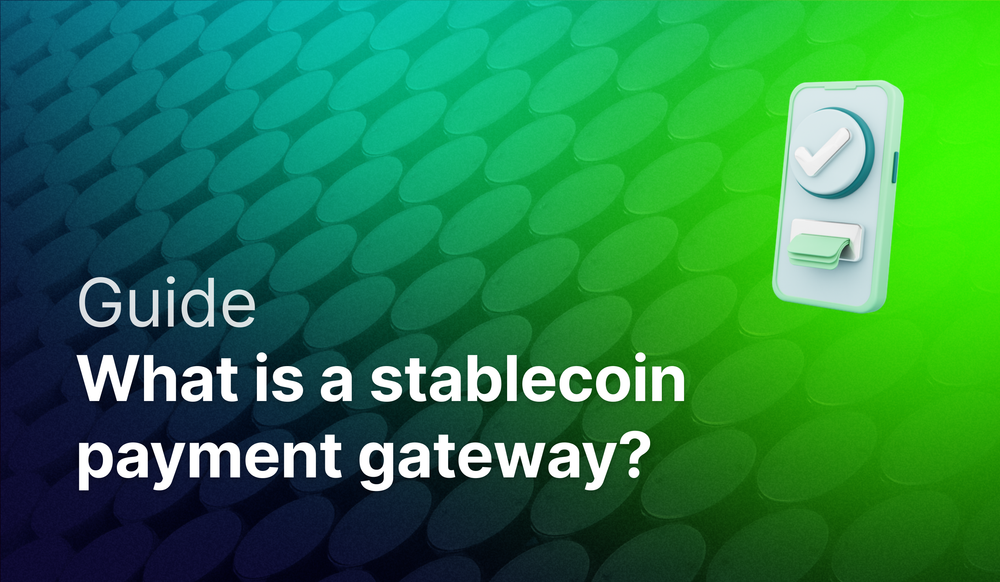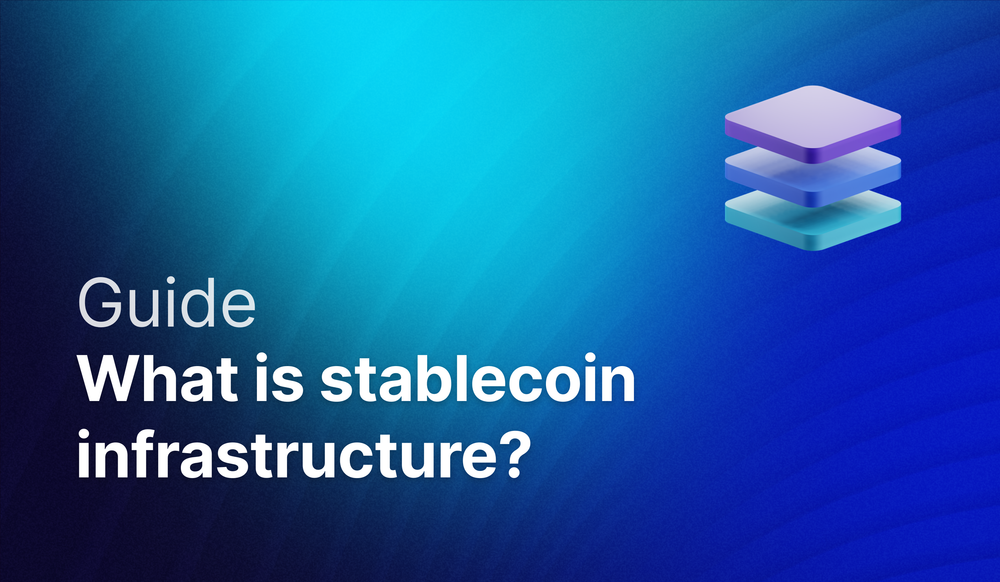Circle generates $2.7 billion annually from USDC reserves. With stablecoin issuance platforms, you can now spin up a stablecoin in minutes. The technical barriers have vanished, but that's exactly why you need to resist the temptation. Just because you can issue a stablecoin doesn't mean you should.
What should I know about stablecoin issuance?
Stablecoin issuance platforms have dramatically simplified the technical and regulatory complexity of launching a stablecoin. While they handle many operational challenges, from compliance infrastructure to banking relationships, they can't solve the fundamental market challenges that make stablecoin issuance a distraction for most fintechs.
The Regulatory Complexity Remains
While issuance platforms can provide the compliance infrastructure and may handle certain regulatory requirements, the specific licensing needs vary by jurisdiction and use case. Depending on how you structure your stablecoin operations, whether you're directly handling customer funds, operating across state lines, or offering specific financial services, you may still need additional licenses. Even with a platform handling the core issuance, you're responsible for understanding and maintaining compliance for your specific business model.
Banking and Liquidity Challenges Persist
Even if issuance platforms manage the primary banking relationships for reserves, your stablecoin faces a bigger challenge: liquidity. Without deep liquidity pools, your users can't easily convert to local currencies, access borrowing markets, or find counterparties for trades. Building this liquidity is expensive. You'll need to incentivize market makers, pay for exchange listings, and bootstrap trading pairs. When someone wants to cash out your stablecoin in Brazil or borrow against it, the infrastructure needs to exist. This liquidity network effect is what makes USDC and USDT valuable, not just their technical implementation.
Customer Acquisition Is the Real Challenge
Launching a stablecoin is like launching a social network. Value comes from adoption. USDC and USDT have spent years and hundreds of millions building liquidity, exchange listings, and user trust. Your stablecoin starts at zero. Why would anyone use YourCoin over USDC? What's your distribution strategy? How much will you pay for liquidity? The incumbents make money through massive scale. Tether has $120 billion in circulation, Circle has $34 billion. Unless you have a clear path to billions in deposits, you're building a loss-making distraction.
The Acceptance and Network Effect Problem
Even with users holding your stablecoin, its utility depends on widespread acceptance. Merchants need to accept it for payments. DeFi protocols need to integrate it. Exchanges need to list it. Other businesses need to trust it for B2B settlements. This chicken-and-egg problem means spending heavily on business development and partnership incentives. USDC didn't become useful overnight. Circle spent years and millions building an ecosystem where their stablecoin is actually accepted and useful.
How should our Fintech company approach stablecoins?
The ease of issuance has created a fundamental misconception. Stablecoins aren't products. They're infrastructure. Like AWS for cloud computing or Stripe for payments, the value isn't in spinning up another instance but instead using the underlying infrastructure to solve specific problems and pain points that your users have.
Modern issuance platforms have made launching technically feasible and handle many operational complexities. But they can't solve the market-side challenges: building liquidity across multiple markets, gaining merchant acceptance, achieving network effects, and creating real utility beyond just existing. These remain massive undertakings that distract from your core business.
Your fintech's value proposition isn't "we have our own stablecoin." It's solving specific problems: cheaper international payments, instant settlement, or 24/7 operations. You can deliver all of these using existing stablecoins without the infrastructure burden.
When Does Issuing a Stablecoin Make Sense?
Only consider issuing if:
- You're already a regulated financial institution with banking relationships
- Stablecoins ARE your core business (like Circle or Paxos)
- You have a large enough user base that you can monetize with stablecoin yield
- You're building for a specific niche where existing stablecoins fundamentally can't work
Even then, try partnering first. Stablecoin issuance platforms have APIs that make issuance easy, but it doesn't make it smart.
What Should We Do With Stablecoins if We Don't Issue One?
The real opportunity is in application innovation. While others chase the mirage of reserve revenue:
- Build the best cross-border payment experience using stablecoin rails
- Create novel financial products leveraging stablecoin programmability
- Solve real customer problems with instant, 24/7 settlement
Your customers care that their payment arrived instantly and cheaply. By leveraging established stablecoins, you inherit billions in liquidity and widespread acceptance while focusing on what actually differentiates your product.
Every month spent building stablecoin infrastructure is a month not spent improving your core product. Choose the path that gets you to market faster with real customer value.
Ready to leverage stablecoins? Crossmint provides all-in-one stablecoin infrastructure that lets you integrate payments, accounts, wallets, and yields in minutes, not years. Trusted by top remittance and fintech companies, we help you skip the regulatory maze and banking relationships. Focus on building great products while we handle the infrastructure.
Learn more about Crossmint's all-in-one stablecoin platform here →


